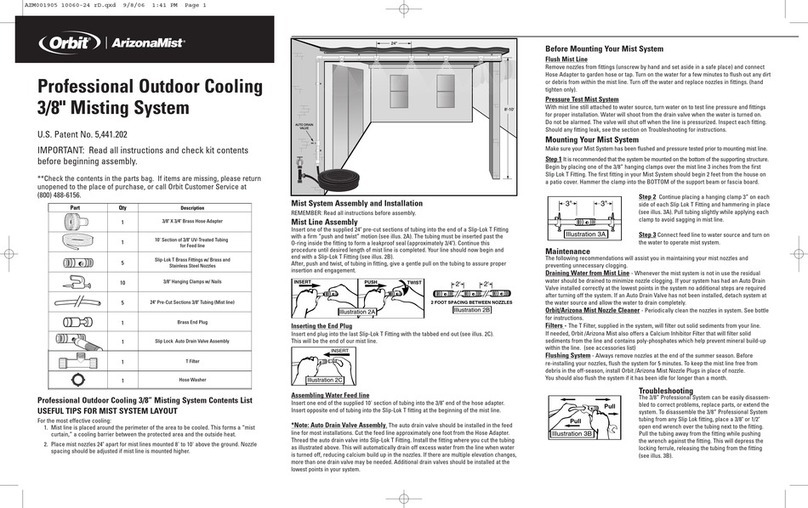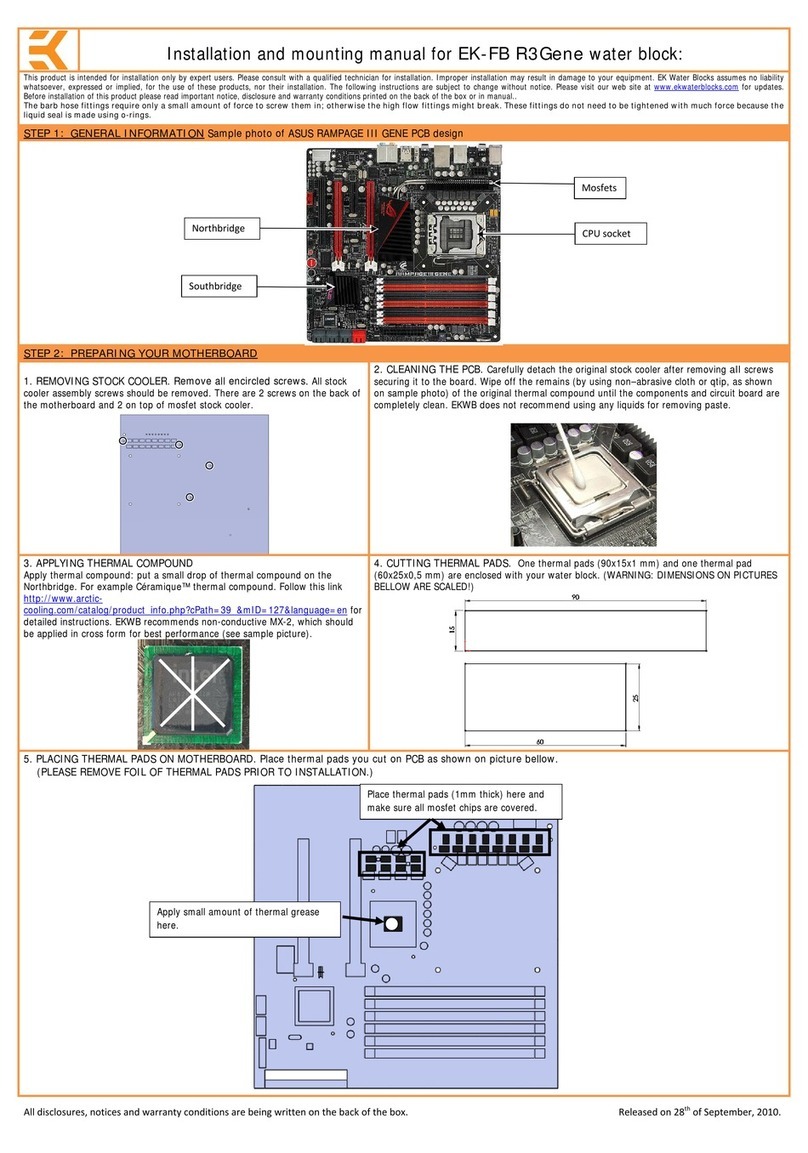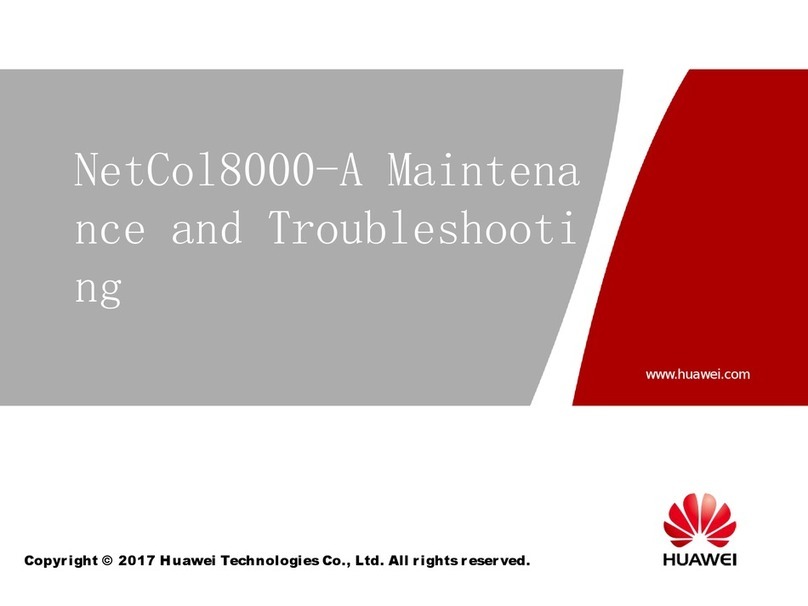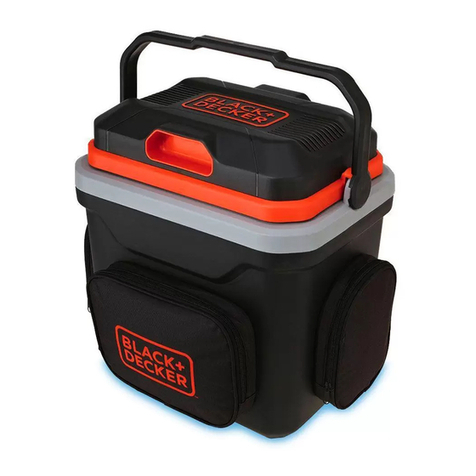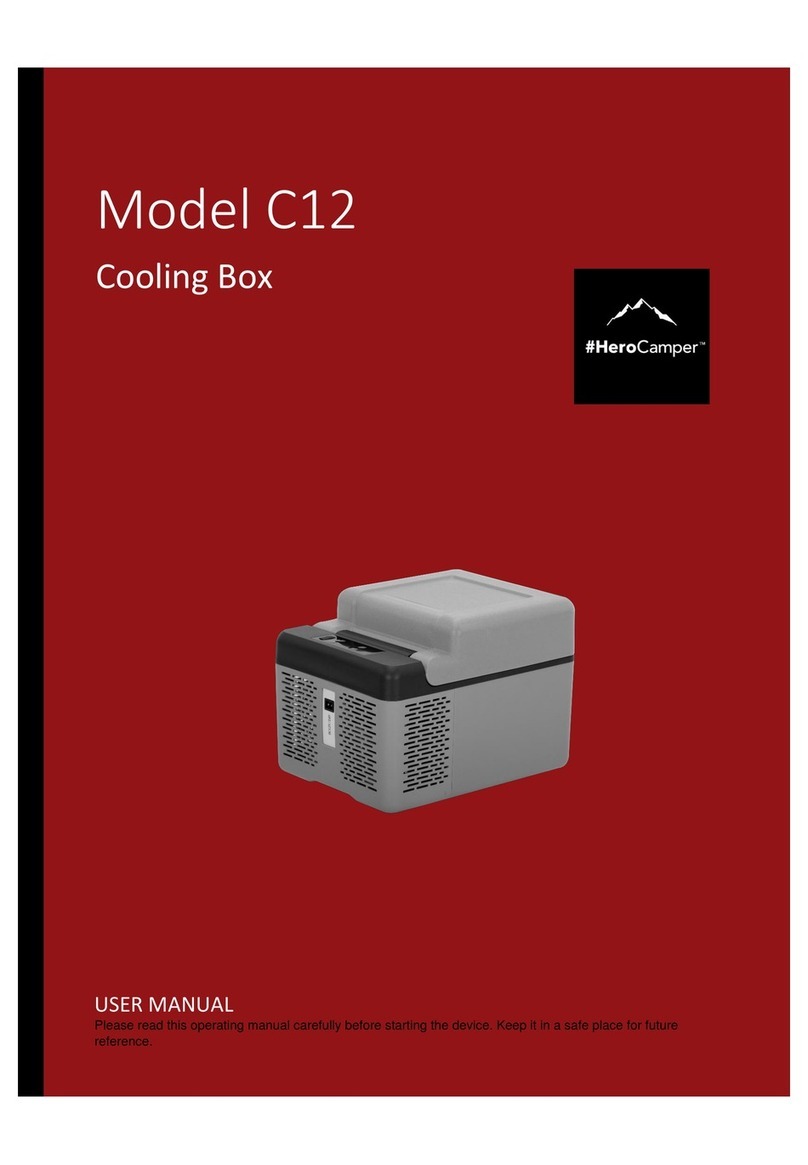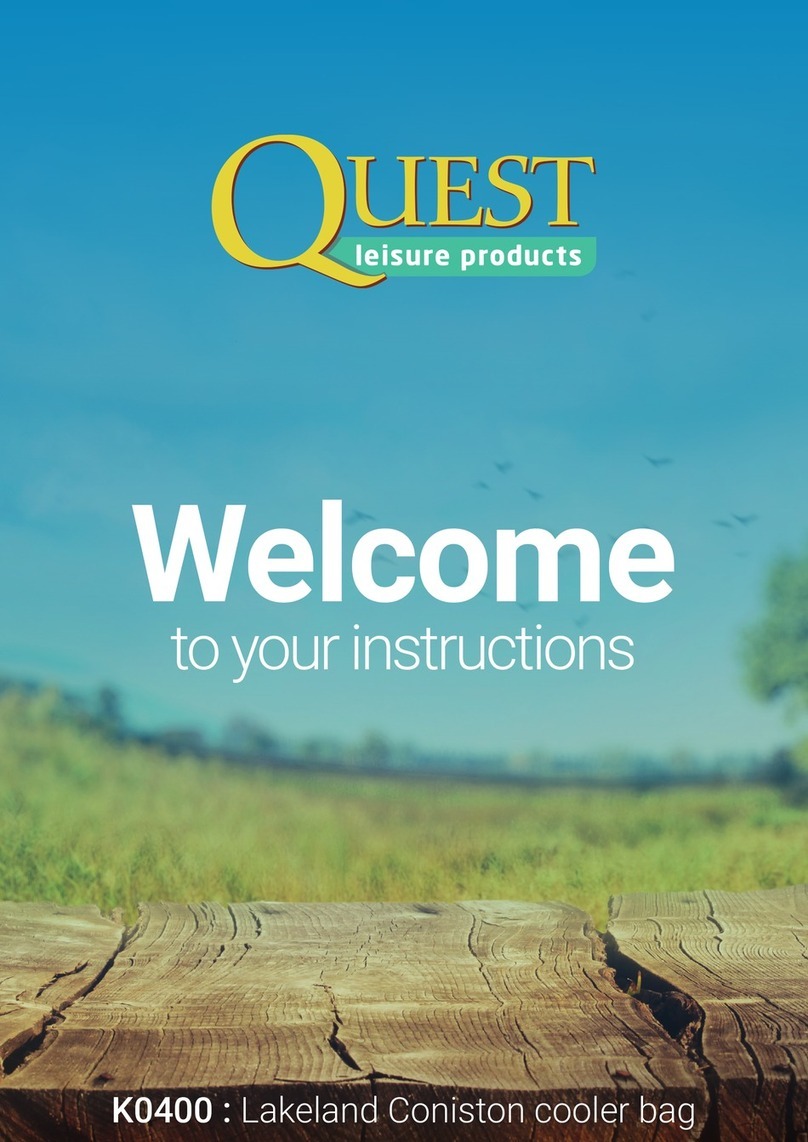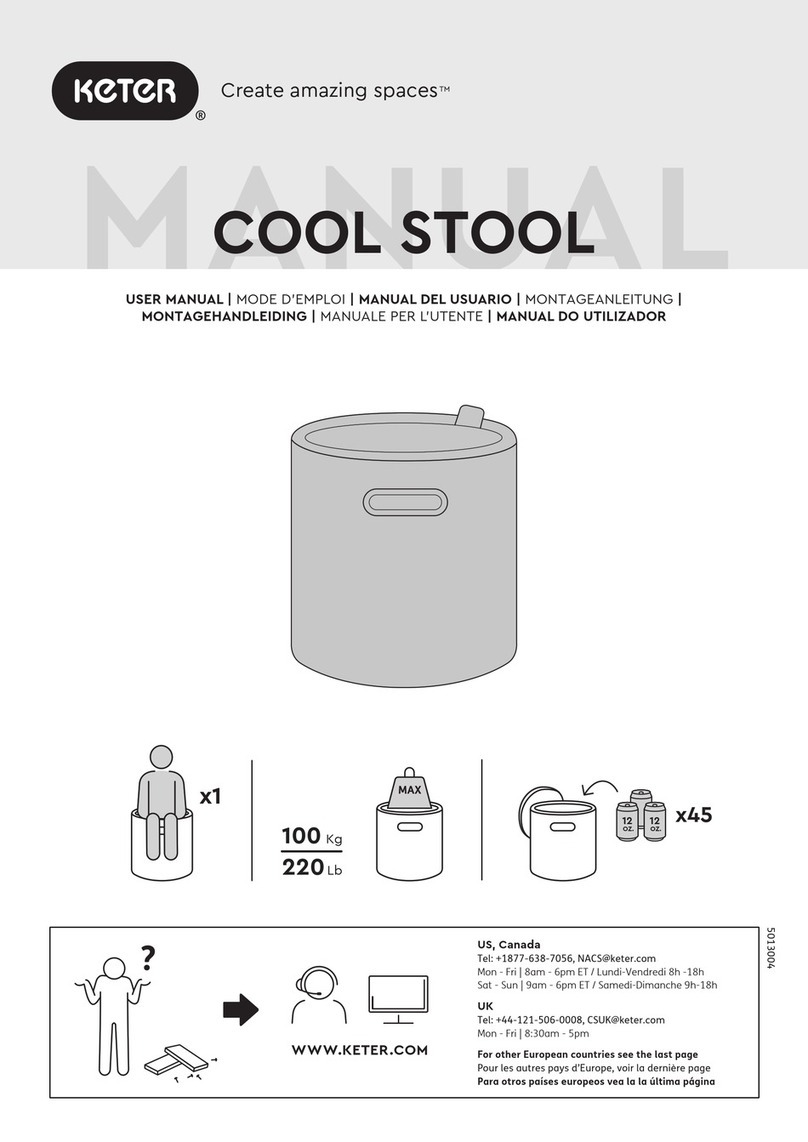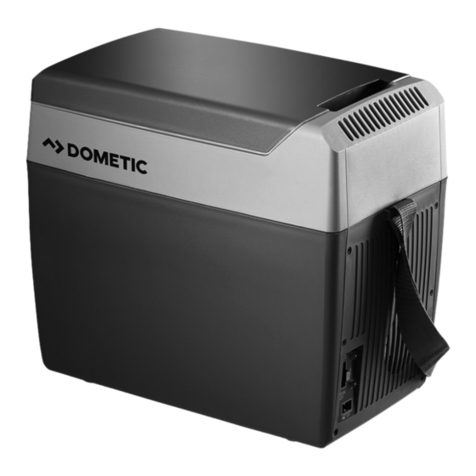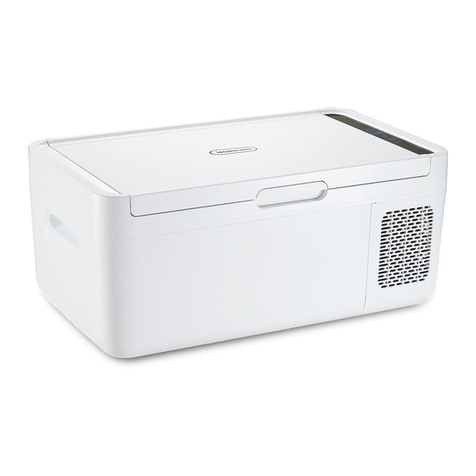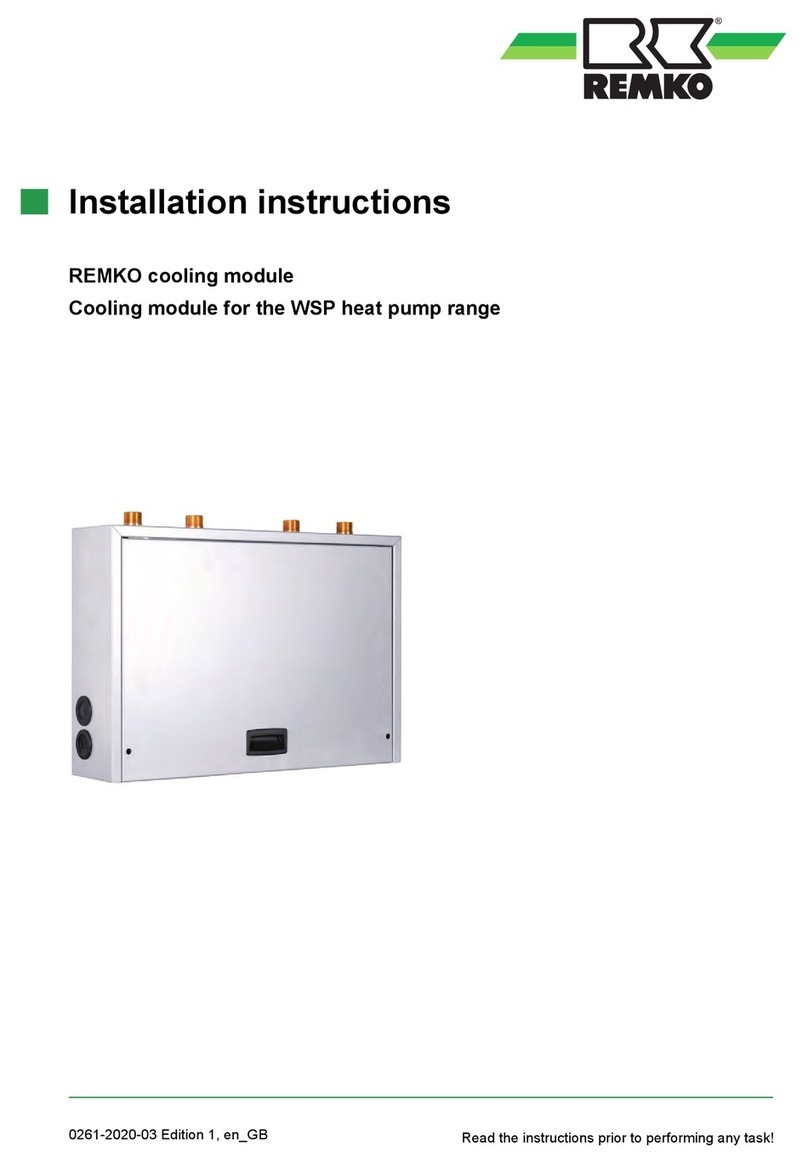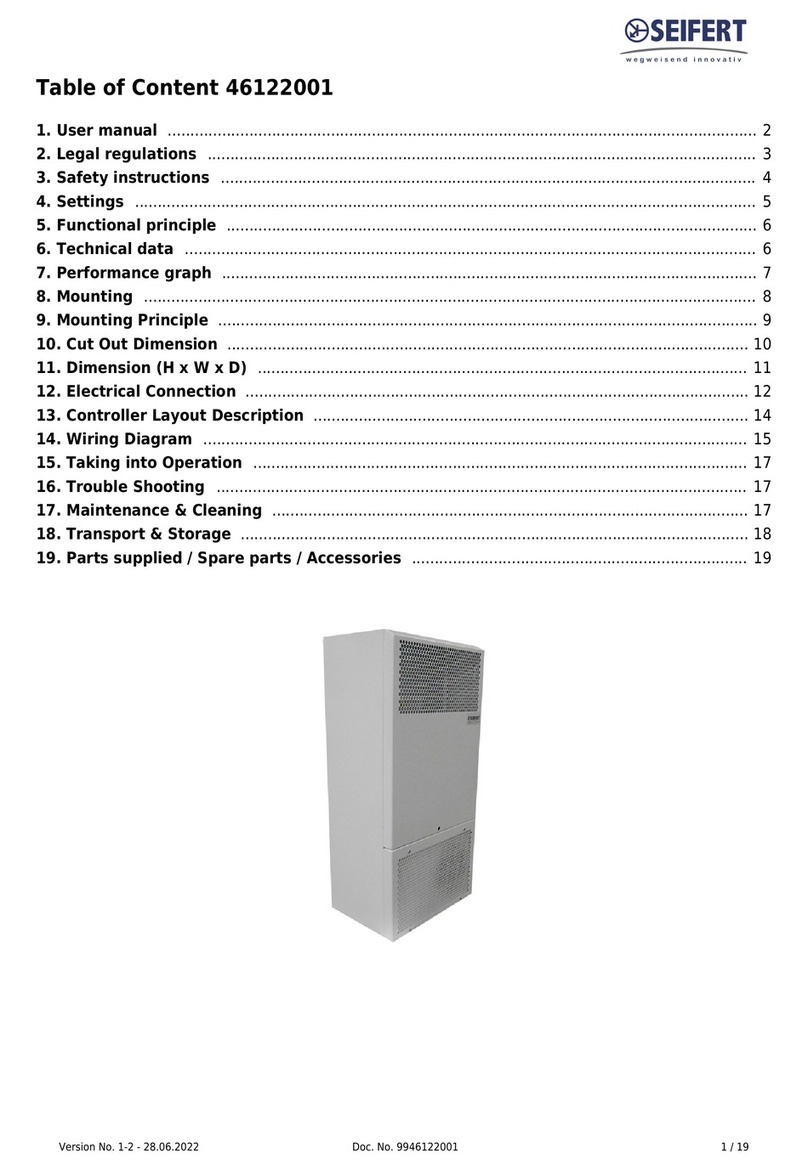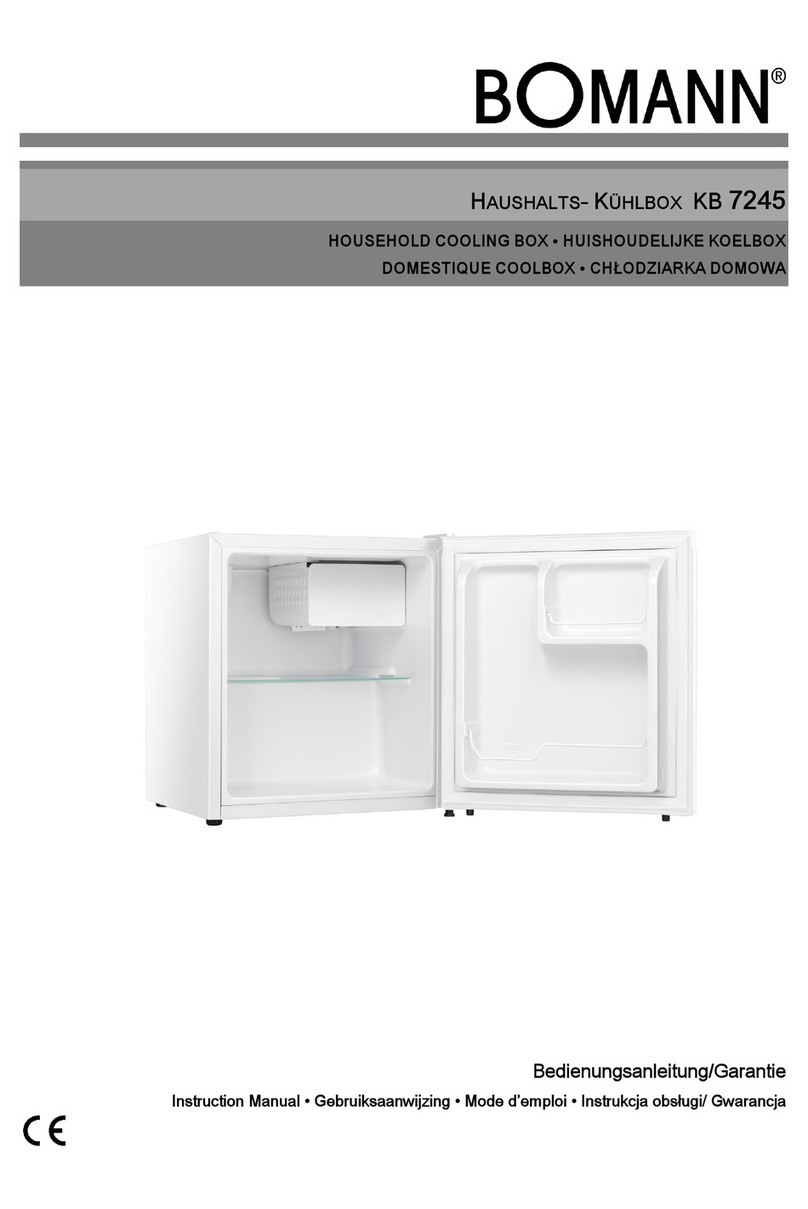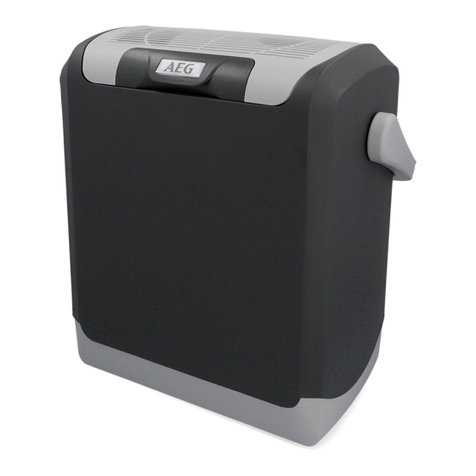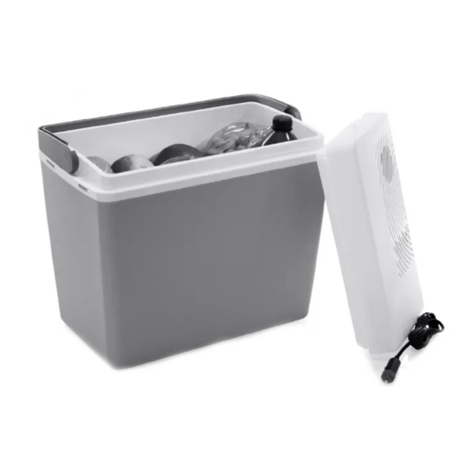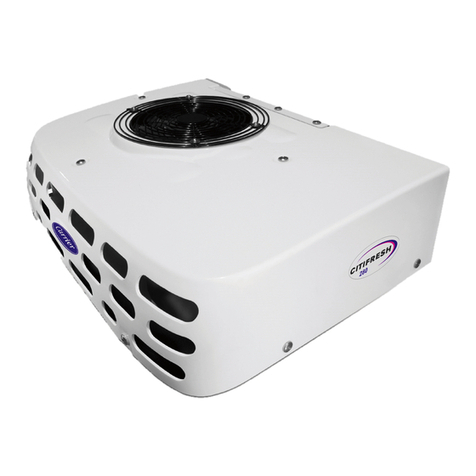
558J
SINGLE PACKAGE ROOFTOP
COOLING ONLY
SIZES 04 -- 07 with PURONR(R--410A) REFRIGERANT
Installation Instructions
NOTE: Read the entire instruction manual before starting
the installation
TABLE OF CONTENTS
SAFETY CONSIDERATIONS 2....................
INSTALLATION 5...............................
Jobsite Survey 5................................
Step 1 -- Plan for Unit Location 5..................
Roof Mount 5...............................
Step 2 -- Plan for Sequence of Unit Installation 5......
Curb--Mount Installation 5.....................
Pad--Mount Installation 6......................
Frame--Mount Installation 6....................
Step 3 -- Inspect Unit 6...........................
Step 4 -- Provide Unit Support 6...................
Roof Curb Mount 6..........................
Slab Mount (Horizontal Units Only) 6...........
Alternate Unit Support
(In Lieu of Curb or Slab Mount) 6..............
Step 5 -- Field Fabricate Ductwork 8................
For Units with Accessory Electric Heaters 8......
Step 6 -- Rig and Place Unit 8.....................
Positioning on Curb 9........................
Step 7 -- Convert to Horizontal and Connect
Ductwork 9............................
Step 8 -- Install Outside Air Hood 10...............
Economizer and Two Position Damper Hood
Package Removal and Setup — Factory Option 10..
Economizer Hood and Two--Position Hood 10.....
Step 9 -- Install External Condensate Trap and Line 11...
Step 10 -- Make Electrical Connections 11...........
Field Power Supply 11........................
Units with Factory--Installed Disconnect 12.......
Units without Factory--Installed Disconnect 12....
All Units 12................................
Convenience Outlets 13.......................
Factory--Option Thru--Base Connections 14......
Units without Thru--Base Connections 14.........
Field Control Wiring 15.......................
Thermostat 15...............................
Unit without Thru--Base Connection Kit 15.......
Heat Anticipator Settings 15...................
Electric Heaters 15............................
Single Point Boxes & Supplementary Fuses 16....
Single Point Boxes without Fuses 16............
Low--Voltage Control Connections 17............
Perfect HumiditytControl Connections 17........
Perfect Humidity -- Space RH Controller 17.......
RTU Open Control System 19.....................
Supply Air Temperature (SAT) Sensor 22.........
Outdoor Air Temperature (OAT) Sensor 22.......
EconoMi$er2 23.............................
Field Connections 23..........................
Space Temperature (SPT) Sensors 23............
Indoor Air Quality (CO2)Sensor 24.............
Outdoor Air Quality Sensor 24.................
Smoke Detector/Fire Shutdown (FSD) 25.........
Space Relative Humidity Sensor or Humidistat 25...
Connecting Discrete Inputs 26..................
Communication Wiring -- Protocols 27............
General 27.................................
Local Access 28.............................
RTU Open Troubleshooting 28.................
Outdoor Air Enthalpy Control 29.................
Differential Enthalpy Control 29................
Return Air Enthalpy Sensor 30.................
Smoke Detectors 30...........................
System 30..................................
Controller 30...............................
Sensor Module 30...........................
Smoke Detector Locations 31....................
Supply Air 31...............................
Return Air without Economizer 31..............
Return Air with Economizer 31.................
Step 13 -- Adjust Factory--Installed Options 42........
Step 14 -- Install Accessories 42...................

